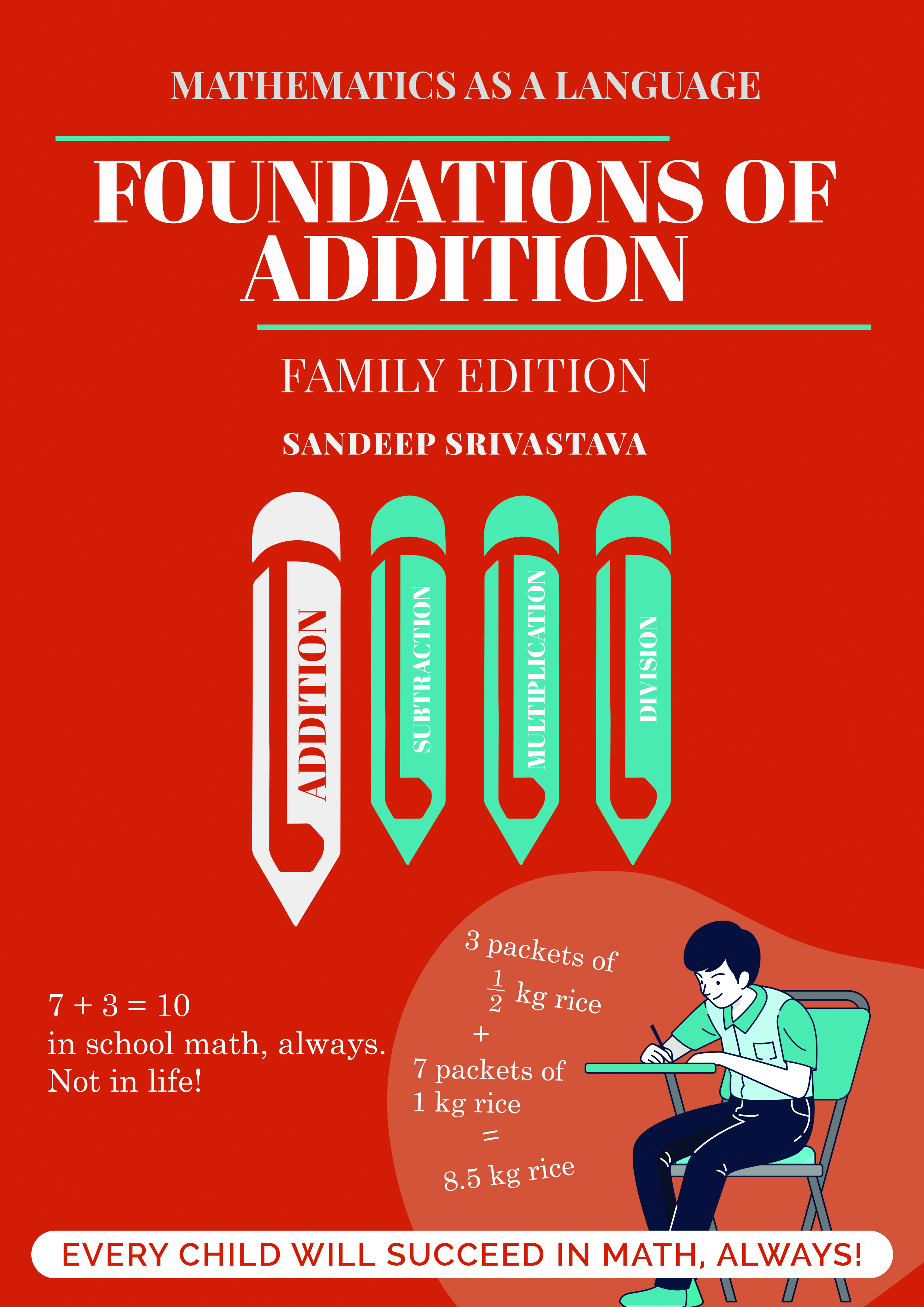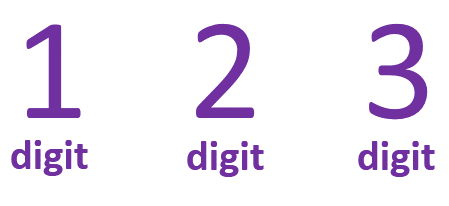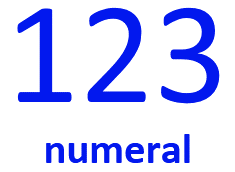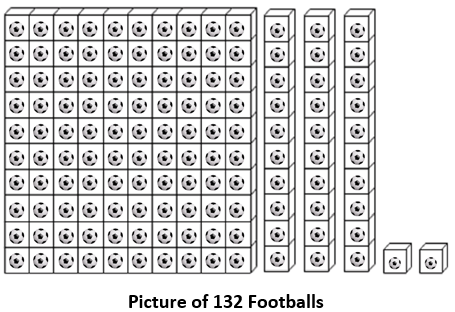
Foundations of Addition
This book is for parents. A first of its kind math textbook.
The mission is that hereafter, EVERY CHILD will succeed in math; taught by their parents. School math education is not good enough, and it ain't getting any better anytime soon. Math education was never more important and math is a big part of every technology now. Its am imperative of the emerging knowledge society that every child succeeds in school math.
Can parents be the best teachers? Yes, with special books written for them. This book is 100% unlike the math textbooks – rooted in everyday life, with simple logic, and with no worksheets. The book pioneers ‘mathematics as a language’ – the math for the age of artificial intelligence; as simple as learning the mother tongue.
You would be reading the books much like the books of fiction; you won’t need pen and paper while reading the books. Children cannot transact these books on their own, it has little in common with school math textbooks, teaching, and assessments.
This book is the first of a series of K – 12 math textbooks; support for the entire curriculum is ensured. K – 8 is a universal curriculum, equally valuable to all national math curricula. Excelling in ‘school-level math’ is every child’s birth-right!
Ever heard of kids struggling with learning their mother tongue? It should have been no different for learning math; math is also a language. Math is a way to think real-life, and to imagine situations, using a much smaller set of symbols, and rules. Consequently, and it is our belief that it is not natural for any child to be a ‘slow learner’ in math!
Each one of us can excel in thinking mathematically, and handhold our children, irrespective of our educational background. Mathematics is so rooted in real life that every one of us can and should know all of the foundational mathematics, like the back of our hands.
While the everyday use of quantities (money, weight, time, spaces, etc.) involves the correct application of the most fundamental principles of mathematics, school mathematics is just the opposite – all abstract, methods over principles, no freedom/choices in thinking, and no logic whatsoever. School education kills the ‘genetic’ mathematical thinking we are born with, and live everyday routines with.
For example, school mathematics assertively teaches ‘7 + 3 = 10’, but in scientific and everyday living ‘7 + 3 = 10’ is a low-chance truth! It is true only in ‘unreal’ mathematics! Yes, mathematics is easy, in fact easier than learning languages! Mathematics has just 10 digits (≡ 26 alphabets of English) and just a few tens of basic arithmetic rules (≡ grammar rules of English). In mathematics there are no pronunciation issues, no ‘regional’/local variations, and no difference between ‘spoken and written’ numerals (the words of math).
To be true, it’s the easiest domain of knowledge to master!
Expectedly, if we can only ensure introduction and interaction with math in its true nature, it will be sparse to be struggling in math, to be fearful of math.
This math textbook marks an epochal change in the nature and thus, the meaning of math in our lives; most befitting the role math is playing in the age of ever-growing artificial intelligence.
Naturally, and most significantly, learning ‘mathematics as a language’ will make every one of us productive, and a contributor, to intelligent living and the digital economy. By a stretch of imagination, it should arguably de-risk humanity of the maleficent impact of artificial intelligence.
Further, this book is written in an uncommon genre for math – ‘popular genre’ - written for families, rather than teachers. Of course, a book written to assuredly empower parents and children to learn by themselves is an unmitigated bliss for teachers, school leaders, and policy makers.
Please read the preview of the book, to get a glimpse of the promise of the world’s only parent’s math textbooks.
Differentiating between numbers, numerals and digits
The use of the term ‘number’ may be the most routine mathematical mistake we all make. What we call numbers should be appropriately called numerals. Let us understand the correct meaning and usage of the three closely related terms – digits, numerals, and numbers.
Numbers are mathematical symbols we use to denote the outcome of counting and measurement. When we count a collection of things, for example, pencils in a pencil box, or measure something, for example, weight of a person, we always mention what we counted, in this case pencils (and not eraser or anything else) or how we measured (in kilograms, grams, or pounds). The outcome of counting in the above situation would be something like ‘There are 3 pencils in the pencil box’, and the outcome of measurement could be ‘the weight is 59 kilograms’.
What would happen if we do not mention what we counted, or how we measured? What if, we just stated something like, ‘There are 3 in the pencil box’, or ‘I am 59’. Clearly, the two statements are meaningless; the purpose, and effort of counting, and measurement, gets wasted if we don’t mention what is counted, and measured.
The correct way to express quantities is to use a combination of mathematical symbols 0 – 9, and the name of the quantity, or the way it has been measured. And we call this way of representing quantities as numbers. For example, 120 students in a grade, having INR 400 in the wallet, 7 days in a week, are three examples of the use of numbers; 120 students, INR 400, and 7 days, are the numbers.
We can make infinitely different numbers using the symbols 0 – 9. Numbers are to math; what words are to natural languages (our mother tongues). Numbers have meaning, just as words have meaning. Numbers get meaning from the quantity they represent, the meaning of 32 children is very different from what 32 classrooms mean.
In the above examples, 120, 400, and 7 are called numerals. For computations using arithmetical methods, numerals are employed.
The number symbols 0, 1, 2, 4, and 7, used for writing 120, 400, and 7 are called digits. Just as A–Z are the 26 letters of the English alphabet, 0–9, are the ten digits of math.
Now, let us further explore to get a better understanding of the differences among digits, numerals, and numbers:
Digits: They are the 10 mathematical symbols 0, 1, 2, 3, 4, 5, 6, 7, 8 and 9.

There is nothing more to digits.
Numerals: 10, 99, 1001, 87856453, … i.e., numerals are what we get when we combine the digits. Numerals are used for representing quantities in operations, and methods in general. Numerals can represent anything. For example, 1001 can be 1001 people, 1001 students, 1001 books, 1001 different kinds of things in a supermarket and 1001 houses in a huge apartment complex.

There is more to numerals – numerals are created out of digits to express the outcome of counting, or measurement. The last counting number name (ordinal number) gives us the numeral equivalent (the quantity number names, or the cardinal numbers) of the counting (or measurement). Thus, if we are counting the quantity of students in a class, we count as First, Second, …. Twenty first, … and Thirtieth, and the numeral that represents the count of students is 30.
Numbers: 10 marks, 99 pages, 87856453 people (population of a country), … i.e., a number is a numeral, used together with whatever thing that the numeral represents. For the above example, ‘30 students’ is a number, while ‘30’ is a numeral.
Numbers contain the unit of counting, or measurement; unit of counting is the ‘1’ thing that counting identifies in the things being counted. In 30 students, ‘student’ is the unit of counting – each student is same as the ‘1 student’, and there are 30 of them in the group of students being counted. ‘1 student’ is the typical student that we are interested in quantifying. For example, it could be ‘a child in school uniform’.

In the number 132 footballs, ‘football’ is the unit of counting – each football is the same and there are 132 footballs in total.
We will discuss ‘unit of counting’ later in the book, as the idea of unit in counting is fundamental to how numbers and numerals come into existence.
NO CHILD LEFT BEHIND IN MATHEMATICS
Absolutely apt tag line. Reading and following the book in a proper manner and its easily assured that the child shall NOT BE LEFT BEHIND. This book would introduce number system like no other. You can read it like any other book and apply it to the child's daily life with much ease. To top it all, its an excellent family read. Gives us good opportunities to read maths with our child...something she loves most. To be honest, it has drastically changed my perception of the number system and how I wish we were also taught in a similar manner. The way we, as parents look at a simple addition problem is so much more clearer from how we used to view it previously. Imagine the clarity penetration in the child's mind. Loved every bit of this one...a must buy!!!
- Payal M.
An Eye Opener
This book is nothing less than the Sanjeevani for all the stakeholders i.e Parents and teachers. As a student, as a Teacher and now as a Principal, Maths has always been a Goliath for me but after absorbing this book now I am the David
- Amit Singh
